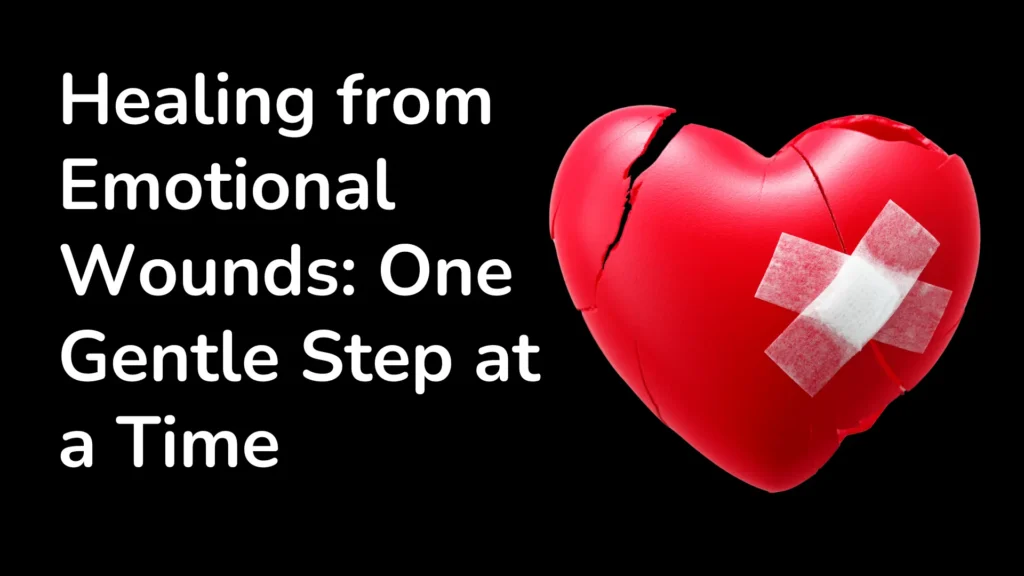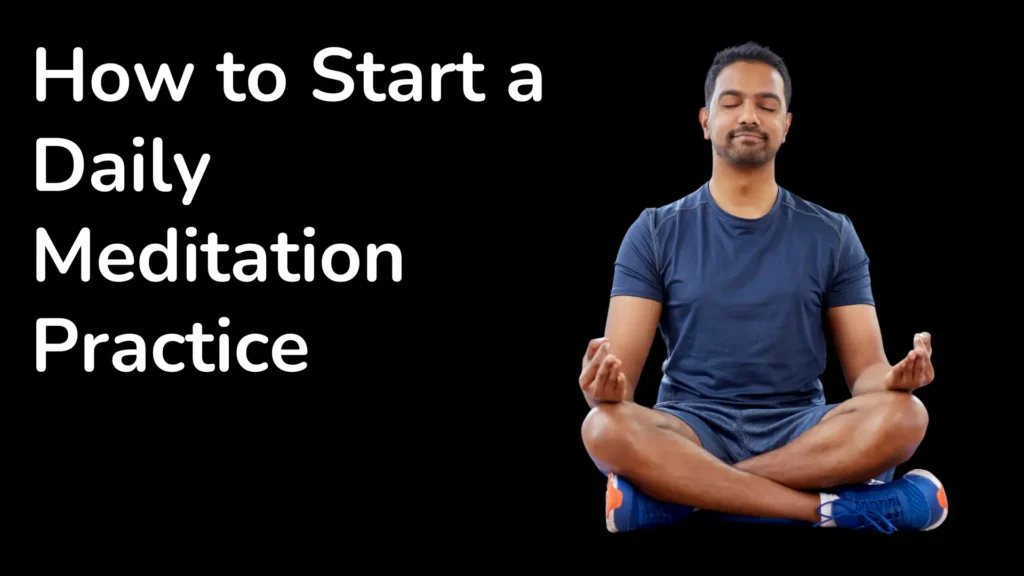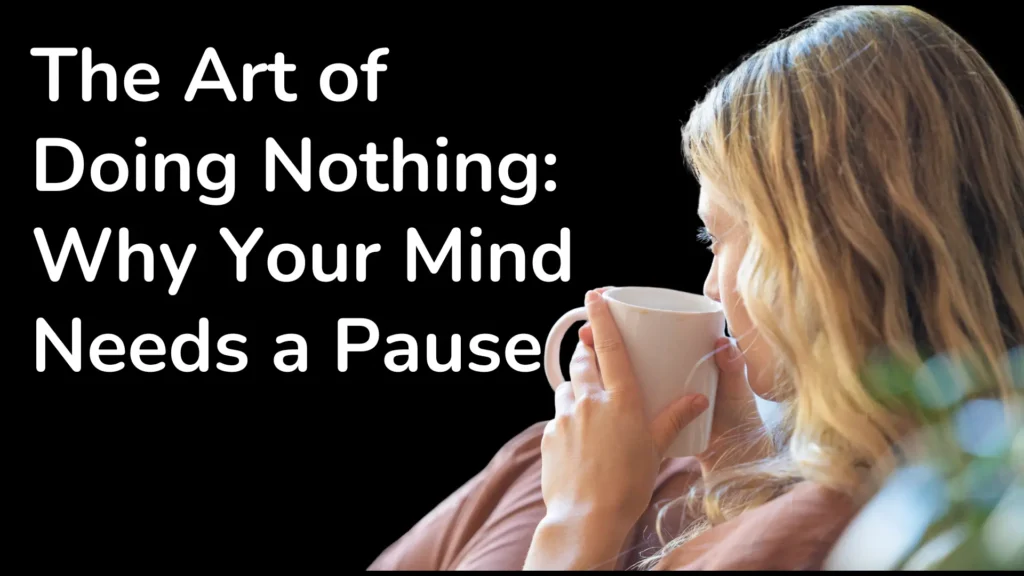Life has a way of leaving marks on our hearts.
Sometimes they come from loss… sometimes from betrayal… and sometimes from words that cut deeper than we expected.
These emotional wounds may not be visible, but they can feel heavier than any physical scar.
Healing from them is not about forgetting — it’s about learning to live with compassion for yourself and finding the strength to move forward.
Understanding Emotional Wounds
An emotional wound forms when a painful experience leaves a lasting impact on how we see ourselves, others, or the world.
Common sources include:
- Loss: of a loved one, relationship, or opportunity.
- Betrayal: when trust is broken.
- Rejection: feeling unwanted or unworthy.
- Failure: setbacks that shake your confidence.
- Abuse or Trauma: experiences that deeply harm your sense of safety.
These wounds can trigger feelings of sadness, anger, shame, or fear — and without healing, they may influence our choices and relationships for years.
Why Healing Takes Time
You wouldn’t expect a broken bone to heal overnight — and your heart is no different.
Emotional recovery is a gradual process.
It requires patience, kindness toward yourself, and sometimes support from others.
Healing isn’t about “getting over it” — it’s about integrating the experience into your life in a way that allows you to grow instead of staying stuck.
Gentle Steps Toward Healing
1. Acknowledge the Pain
The first step is to admit to yourself, “This hurt me.”
Suppressing emotions often makes the wound deeper. Let yourself feel without judgment.
2. Give Yourself Permission to Rest
You don’t have to be “strong” all the time.
It’s okay to take a break from pushing yourself — rest is part of the recovery process.
3. Practice Self-Compassion
Speak to yourself the way you would to a dear friend who’s hurting.
Replace harsh self-criticism with words of comfort and understanding.
4. Find Healthy Ways to Express Your Emotions
Journaling, painting, music, or even talking to a trusted friend can help release emotions in a safe way.
5. Set Boundaries to Protect Your Peace
Healing often means creating space from people or situations that reopen your wounds. Boundaries are not selfish — they are self-care.
6. Seek Support if Needed
Therapists, support groups, or online communities can offer guidance and a sense of connection when the journey feels heavy.
Signs You’re Healing
- You can think about the event without feeling overwhelmed.
- You’re more able to trust yourself and others again.
- You start focusing more on the present and future, rather than staying trapped in the past.
- You feel more compassion — both for yourself and for others.
A Gentle Reminder
Healing isn’t linear.
Some days you may feel strong, while others may bring back the ache. That’s normal.
Every step you take — no matter how small — is progress.
Be patient.
Be kind to yourself.
And remember: you are not broken — you are becoming.







